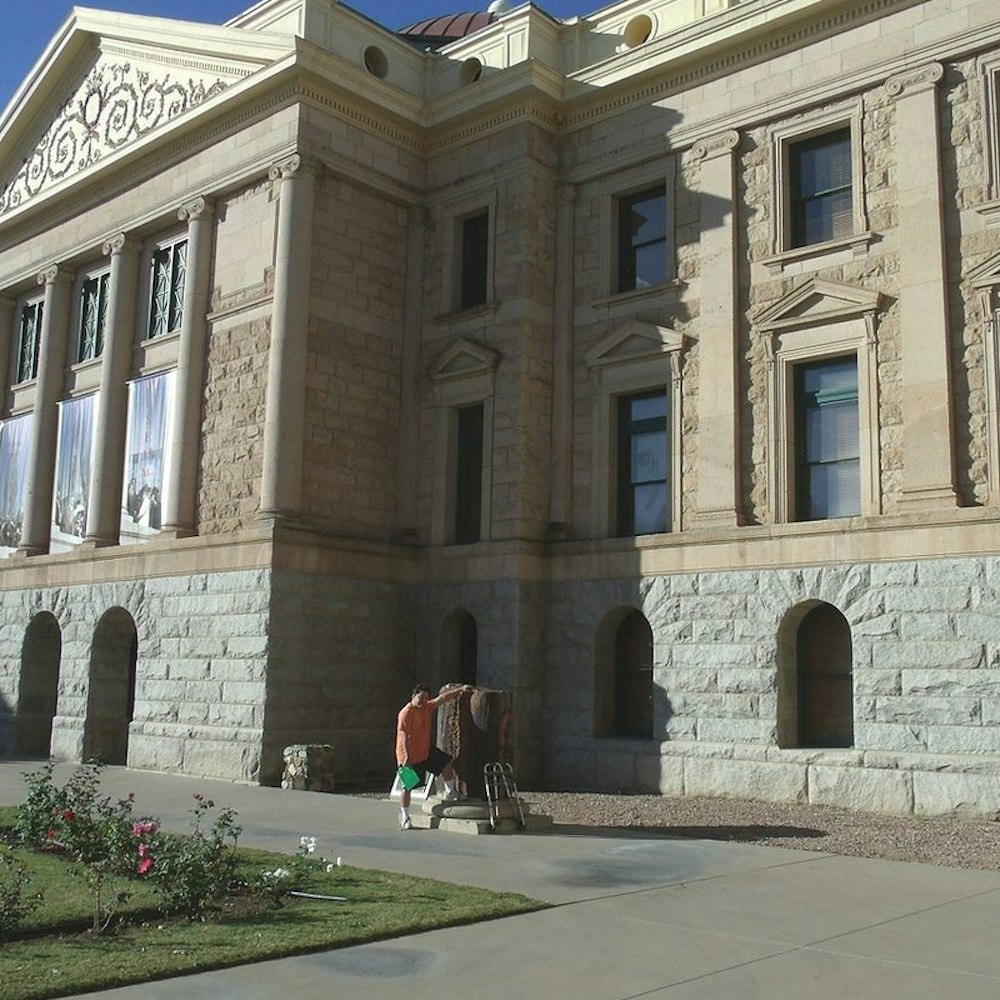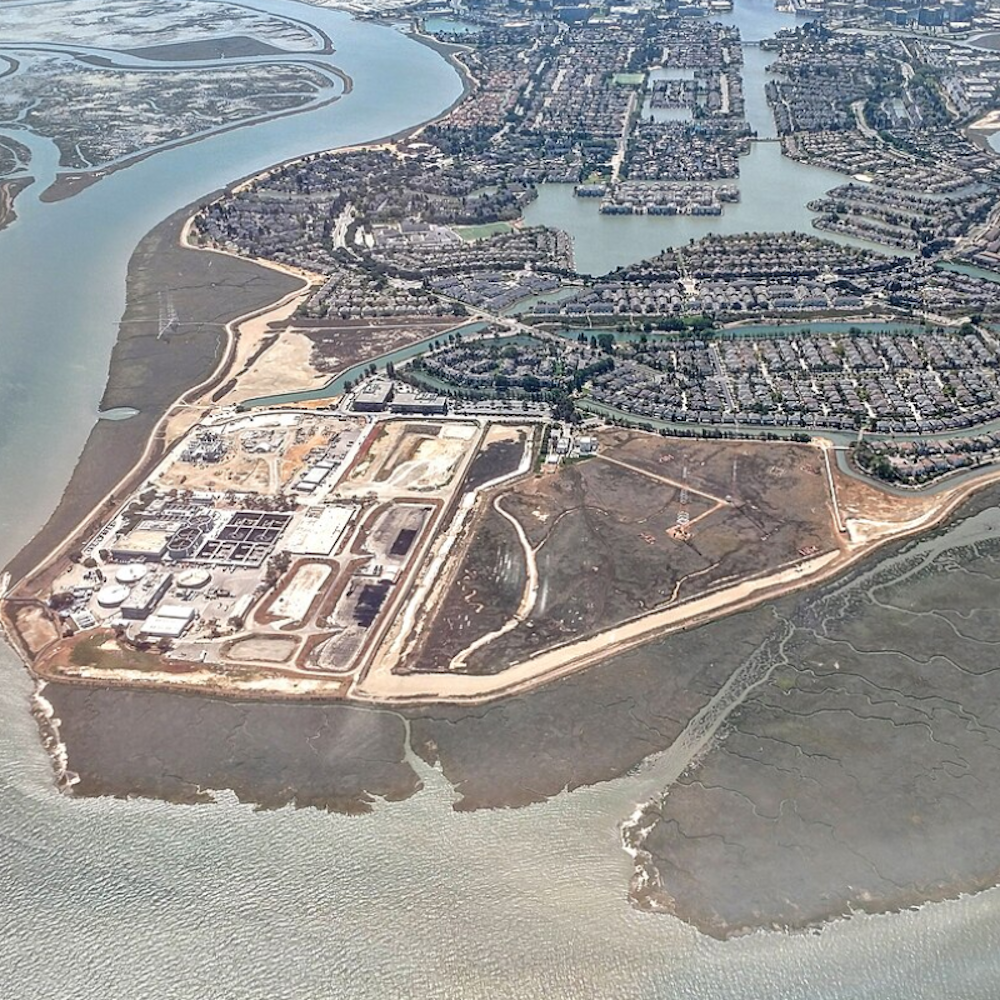
Homeowners in the San Antonio and Austin areas have been riding a property value rollercoaster, grappling with the complexities of Texas' property tax system as they receive this year's appraisal notices. A new report by the San Antonio Report reveals that in Bexar County, for instance, average single-family home values saw an increment of a mere 2.4% this year – a significant slowdown from the 16% hike last year and the 28% surge in 2022. Despite the cooling market, homeowners might still be on the hook for higher property taxes due to a state law that defers market value increases over 10% to future years.
Meanwhile, in Austin, property tax appraisals have presented an even more startling picture. According to an analysis by the Austin Monitor, the average appraisals have barely inched up by 0.08%, with some homeowners noting decreases in their property valuations. Last year, the area experienced a dramatic 50% increase in appraisals, a testament to a then-buoyant housing market since dampened by climbing mortgage interest rates.
Chief Appraiser Rogelio Sandoval of the Bexar Appraisal District explained the disparity in assessment increases, stating, "even if the market value of your home rose 28%... your taxable value was capped at a 10% increase." However, this cap also serves as a cushion to homeowners, particularly after consecutive years of significant valuation jumps. "That’s why we always tell people, make sure you have that homestead exemption," Sandoval told the San Antonio Report.
For homeowners like Ben Philpott, the managing editor at KUT whose property value has more than tripled since 2003, the system's intricacies are palpable. Although his home's appraised value dipped by about 12% this year, the net appraised value – the amount his property taxes are actually based on – increased. This seemingly paradoxical situation stems from the state's restriction that caps the growth of the "net appraised" number to 10% annually, regardless of market fluctuations. Consequently, even if the market cools, many homeowners may still see their tax responsibilities climb.
Yet the final determination of what Texas homeowners will ultimately owe comes down to various taxing entities, which set their rates later in the year. It's these rates, when applied to the net appraised values – minus any applicable homestead or other exemptions – that define the tax bill. And with school districts, the city and county, University Health and the San Antonio River Authority among those setting the rates, it's a waiting game to see the actual impact on homeowners' wallets. The real test will come this fall, as tax rates are established and residents of Austin and San Antonio assess the damage.









